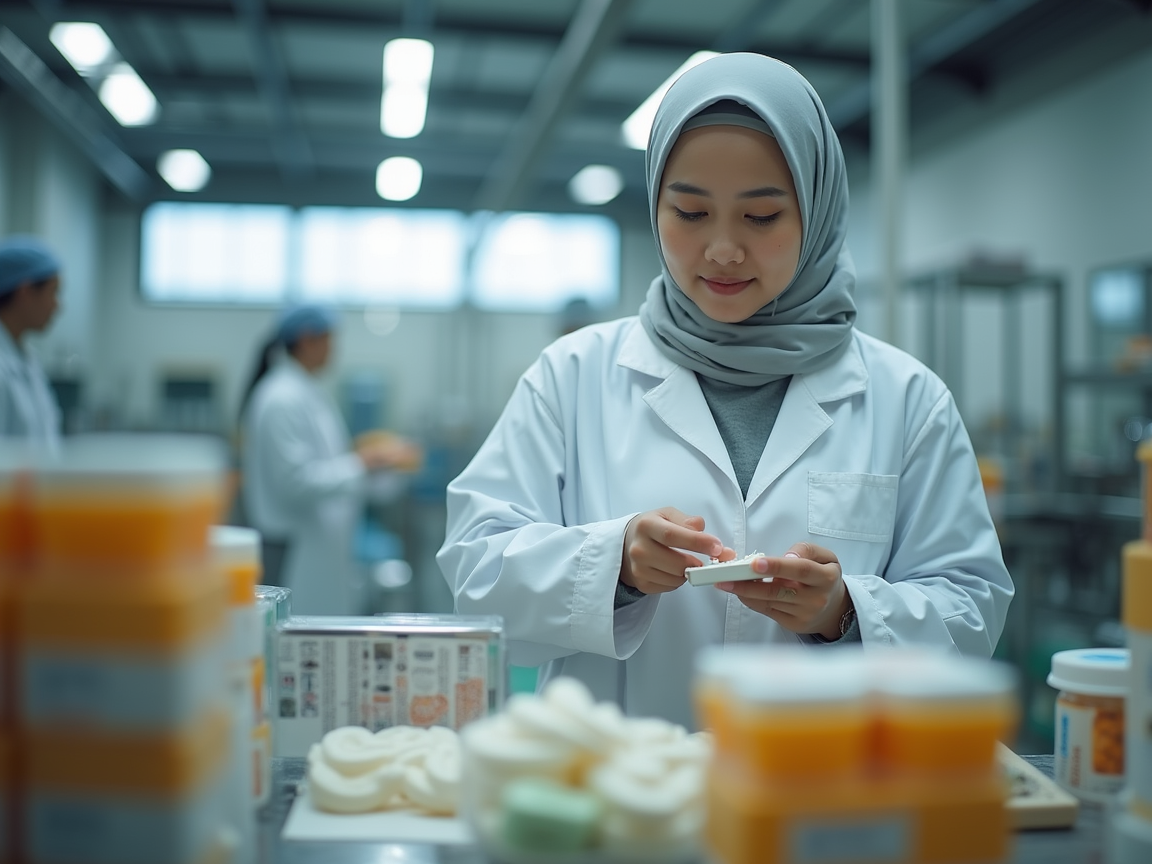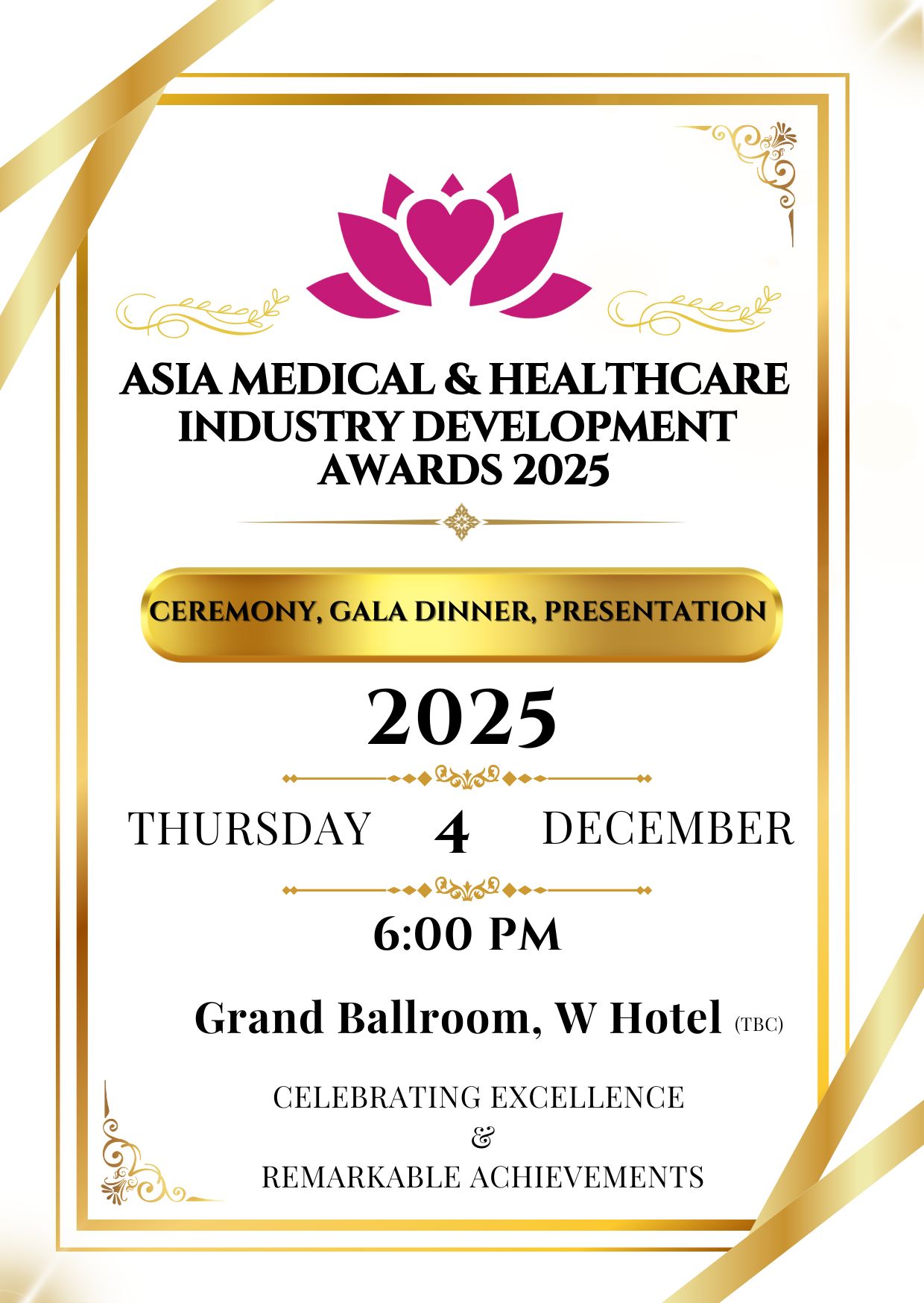The $147.8 Billion Gateway: Mastering Halal Pharmaceutical Certification for MENA Market Dominance
In the high-stakes arena of global pharmaceutical sourcing, a silent revolution is transforming supply chains across the Middle East and North Africa. As multinationals vie for position in the booming $147.8 billion halal pharmaceutical market projected by 2027, a complex matrix of religious compliance, supply chain reinvention, and regulatory hurdles is redefining how medicines are developed for 1.9 billion Muslim consumers. For procurement executives and supply chain strategists, this isn’t merely about ethical alignment—it’s a billion-dollar operational transformation where non-compliance means market exclusion.
The Demographic Tsunami Reshaping Healthcare Economics
The numbers reveal an irreversible reality: Muslims comprise 24.1% of the global population—projected to reach 2.9 billion by 2060—wielding $3.2 trillion in halal spending power by 2024. Beyond raw demographics, three tectonic shifts are accelerating demand:
- Youth-Led Consumer Revolution: With a median age of 24 in MENA, digitally-native consumers demand ethical transparency. In Indonesia, 63% of consumers aged 20-40 actively reject non-certified healthcare alternatives, while Saudi Arabia reports 78% willingness to pay premium pricing for halal pharmaceuticals.
- Regulatory Teeth Sharpening: Saudi Arabia’s SFDA now mandates halal certification for biologics and vaccines, with full market coverage expected by 2025. The UAE’s Emirates Authority for Standardization and Metrology (ESMA) enforces blockchain-enabled traceability under UAE.S 2055-1:2015 standards, with non-compliance penalties averaging $14.8 million.
- Post-Pandemic Quality Consciousness: COVID-19 exposed supply chain vulnerabilities, making halal’s emphasis on purity and traceability a competitive advantage. The global halal pharma market accelerates at 9.75% CAGR—nearly double conventional pharma’s growth rate.
Table: Halal Pharmaceutical Market Dynamics in Key MENA Countries (2025)
| Market | Value (USD) | Growth Rate | Regulatory Body | Unique Requirements |
|---|---|---|---|---|
| Saudi Arabia | $11.6B | 9.1% | SFDA | Islamic jurisprudence-trained compliance officers |
| UAE | $4.1B | 16.5% | ESMA | Blockchain traceability for animal ingredients |
| Egypt | $3.8B | 7.2% | EOS | Parallel processing with validated cleaning protocols |
| Turkey | $7.7B | 8.4% | TSE | ISO 22000 integration with halal standards |
The Forbidden Ingredients: Sourcing Minefields and Strategic Alternatives
At the operational level, halal compliance demands forensic precision in material selection. The primary hurdles—and their solutions—reveal why procurement teams must overhaul supplier relationships:
1. Animal-Derived Ingredients: The Gelatin Imperative
Porcine-sourced gelatin contaminates approximately 30-35% of global pharmaceutical supply chains, posing the single greatest compliance risk. For MENA market access, manufacturers must implement:
- Bovine Sourcing Protocols: Acceptable only with Zabiha (Islamic slaughter) certification and audited supply chains. Malaysia’s MS 2424:2012 standard requires unannounced slaughterhouse inspections with full animal lineage documentation.
- Marine & Poultry Alternatives: Companies like Malaysia’s CCM Pharmaceuticals now use fish-scale gelatin for capsule production, though supply remains constrained at 18% of global capacity.
- Plant-Based Polymers: Hypromellose (wood pulp), citrus pectin, and carrageenan (seaweed) dominate premium segments. Brands like NoorVitamins report 78% cost premiums—offset by 30-60% higher margins in GCC pharmacies.
2. Ethanol & Solvents: The Intoxication Threshold Dilemma
The ethanol debate represents halal certification’s most contentious frontier. While GCC standards prohibit intoxicants, pragmatic exceptions exist:
- Saudi SFDA permits ≤0.5% ethanol when alternatives are scientifically unavailable—requiring blister-pack segregation and batch-level documentation.
- UAE’s ESMA mandates destruction of batches exceeding 0.1% residual solvents without exception.
- Pioneers like Hayat Biotech (UAE) now use supercritical CO₂ extraction for botanical actives, eliminating ethanol needs while increasing cannabinoid yields by 27%.
3. High-Risk APIs: The Heparin Crisis
With 80% of heparin derived from porcine intestines, anticoagulants face particular scrutiny:
- Bovine Heparin: Requires dedicated halal slaughter supply chains—currently serving just 12% of global demand due to limited infrastructure.
- Synthetic Alternatives: Fondaparinux (Arixtra), manufactured through chemical synthesis, received explicit fatwa approval from Malaysia’s Islamic council in 2021, capturing 34% market share in Saudi hospitals.
Certification Labyrinth: Navigating GCC vs. Non-GCC Requirements
The fragmentation of halal standards across MENA creates a compliance obstacle course requiring strategic navigation:
GCC Centralized Procedure
A double-edged sword: The Gulf Central Committee for Drug Registration offers unified approval for seven nations but imposes exacting requirements:
- Mandatory manufacturing site inspections costing $25,000–$50,000 (including auditor travel)
- Technical agreements defining halal control points between contract manufacturers and marketing authorization holders
- Physical segregation of halal/non-halal production lines with color-coded equipment and documented changeover procedures
Country-Specific Nuances
- UAE: ESMA requires PCR testing for porcine contaminants at batch level and blockchain-enabled traceability using distributed ledger technology.
- Saudi Arabia: SFDA demands facility-specific halal compliance officers with accredited Islamic jurisprudence training—minimum 120 certification hours.
- Egypt: Halal certification under EOS 4249/2014 allows parallel processing if validated cleaning protocols exist—reducing compliance costs by 40% versus GCC standards.
Pro Tip: “Initiate Saudi and UAE certifications first,” advises Biomapas regulatory specialist Lena Jovaisaite. “Their approvals unlock faster pathways in Oman and Kuwait through mutual recognition agreements, cutting timelines by 40%”.
The Strategic Roadmap: From Ingredient Audit to Market Dominance
For sourcing professionals, certification involves methodical phases with zero margin for error:
Phase 1: Ingredient Forensic Review
- Map all excipients against the Global Halal Trust Database, flagging high-risk E-numbers like E441 (gelatin) and E422 (glycerol)
- Require suppliers to provide animal slaughter certificates (for bovine materials) and solvent residue reports with third-party verification
- Conduct mass spectrometry screening for porcine contaminants at receiving docks—recent audits revealed 12% of “vegetable glycerin” shipments contained porcine traces
Phase 2: Facility Transformation
- Implement physical segregation: Dedicated reactors, piping, and packaging lines for halal production
- Install inline ethanol sensors ($120,000–$250,000 per line) for real-time solvent monitoring
- Conduct airflow validation studies to prevent airborne cross-contamination—critical for powder handling facilities
Phase 3: Certification Partner Selection
- Prioritize bodies with GCC recognition: ESMA (UAE), JAKIM (Malaysia), or GAC (Saudi Arabia)
- Avoid “certificate mills”; valid accreditation requires SMIIC OIC/SMIIC 1:2019 compliance with annual surveillance audits
- Negotiate bundled pricing for multi-country certification—top-tier providers offer 22% discounts for GCC portfolio packages
Phase 4: Digital Traceability Integration
Industry leaders like Bosch Pharmaceuticals embed QR codes linking to:
- Geotagged slaughterhouse data with timestamped Zabiha certifications
- Blockchain transaction logs showing ethanol-free supply routes
- Real-time halal audit reports with cryptographic verification
The Profitability Calculus: Costs vs. Market Access Premiums
While halal compliance adds 18–22% to manufacturing costs, the commercial returns justify investment:
- Price Premiums: Halal-certified OTC products command 30–60% higher margins in Saudi pharmacies versus conventional equivalents.
- Market Access: Single UAE certification unlocks seven GCC countries representing $32.6 billion in pharmaceutical spending—Turkey’s market alone grew 38% since 2022.
- Brand Amplification: Abbott’s halal-certified Pediasure gained 17% market share in Malaysia within 18 months—outpacing non-certified competitors by 3:1.
The alternative proves catastrophic: Saudi Arabia imposes permanent market bans for violations, while UAE levies minimum $500,000 fines per non-compliant batch—triple the certification cost.
The Future Is Transparent, Traceable, and Tech-Enabled
Three innovations will redefine halal pharmaceutical sourcing by 2030:
- AI-Powered Compliance Engines
Startups like HalalChain deploy algorithms that automatically flag non-compliant ingredients in formulations, reducing approval timelines by 70% while predicting regulatory changes with 89% accuracy. - Cryptographic Supply Chains
Dubai’s pilot program mandates blockchain-enabled batch tracing using Hedera Hashgraph technology, creating immutable records from slaughterhouse to pharmacy while reducing paperwork by 92%. - Cellular Agriculture APIs
Singapore’s Biologics Solutions cultures halal-compliant bovine cells for insulin production—eliminating slaughter-derived inputs while achieving 99.8% purity levels unmatched by conventional methods.
For sourcing executives, this represents more than compliance—it’s a strategic realignment toward ethical, transparent supply chains resonating globally. As the CEO of Duopharma observed after their 2017 halal breakthrough: “We didn’t just meet religious standards; we built a quality infrastructure that made us globally competitive.”









